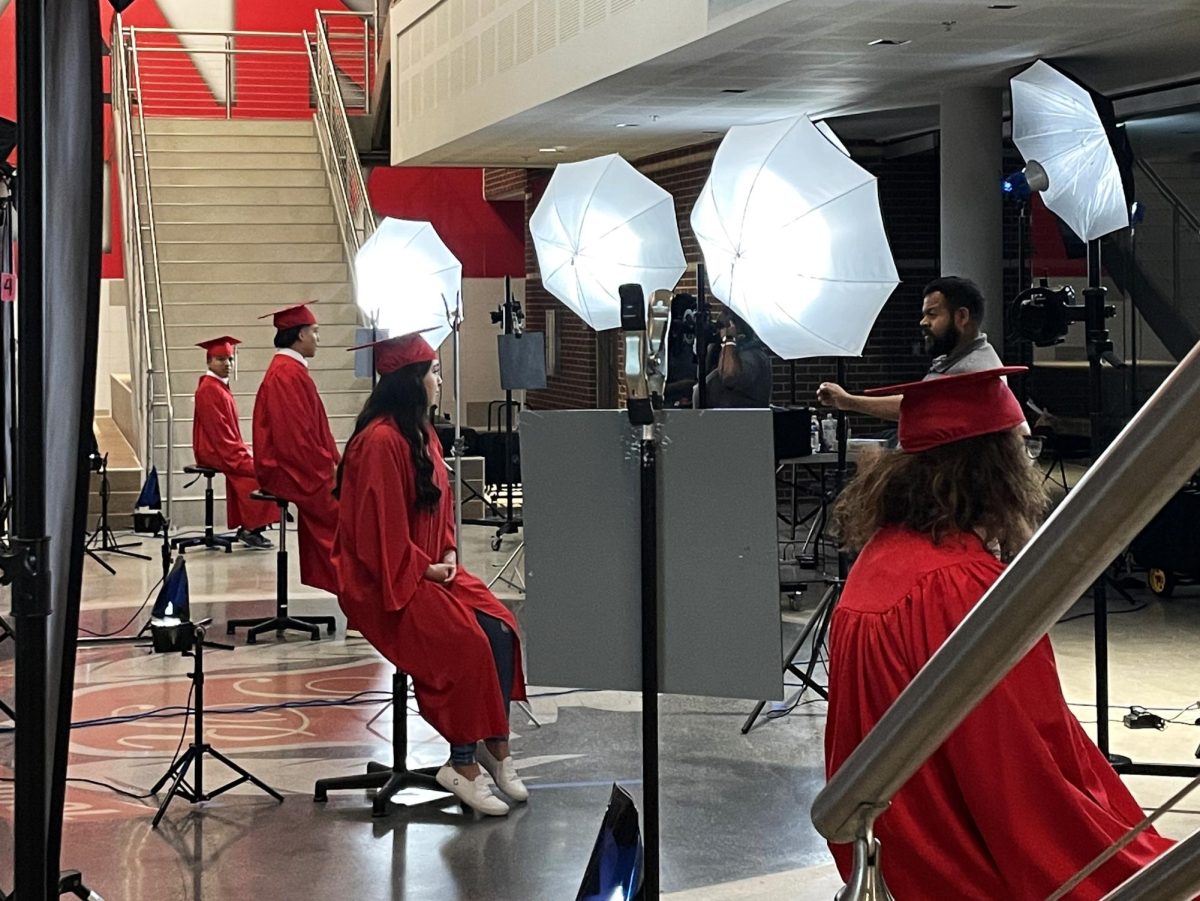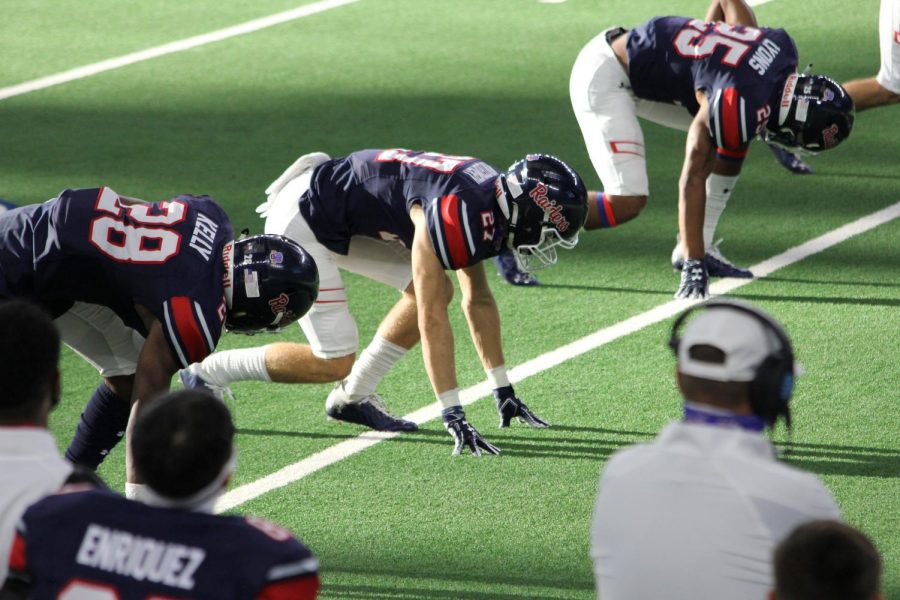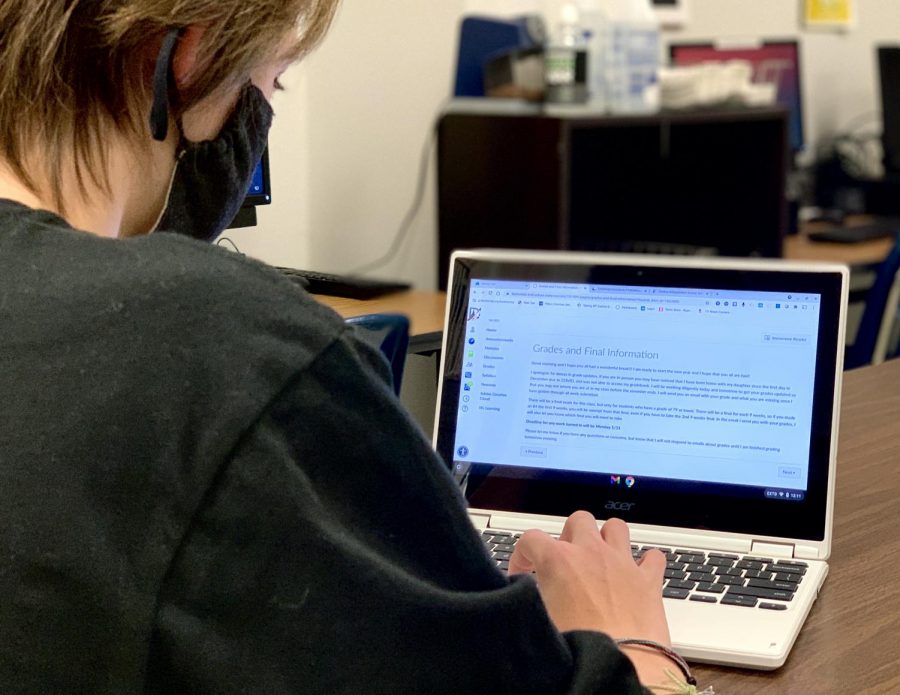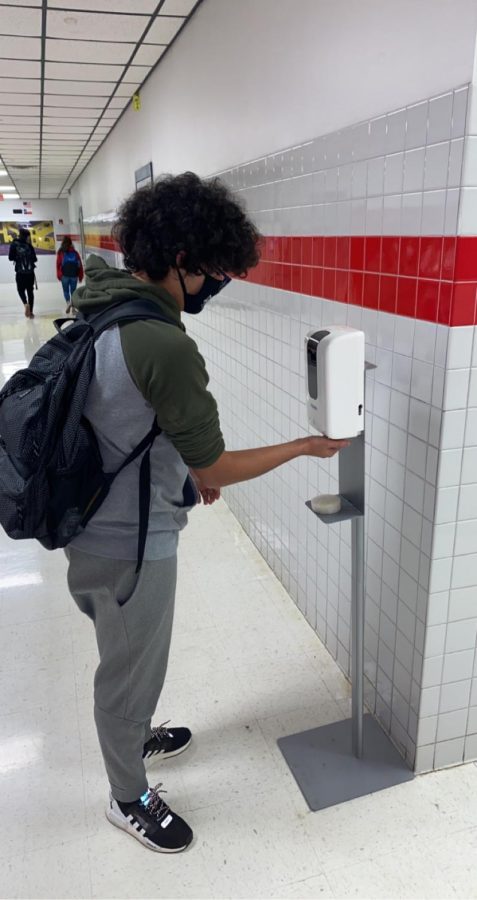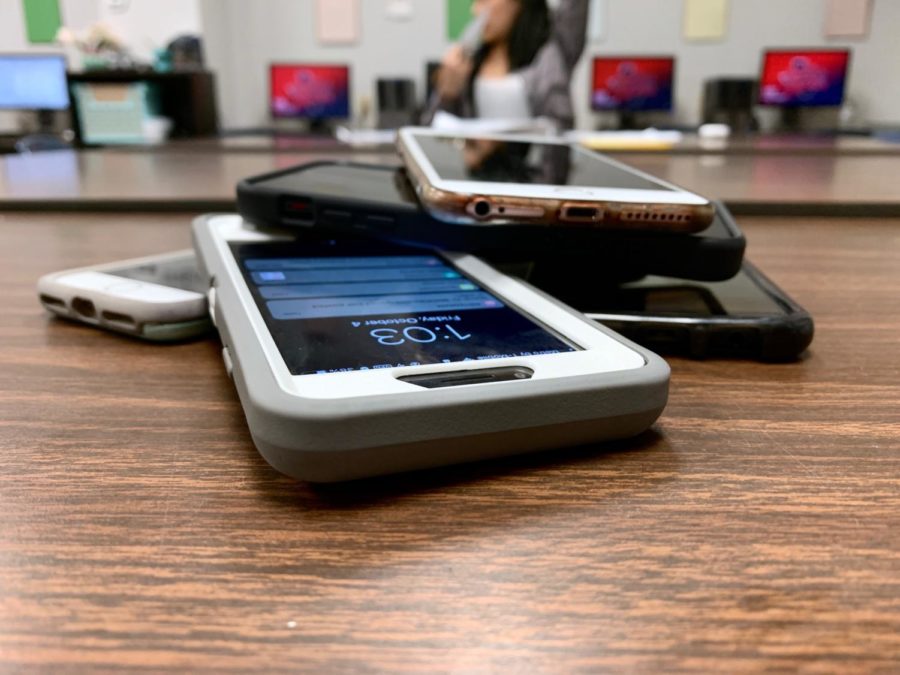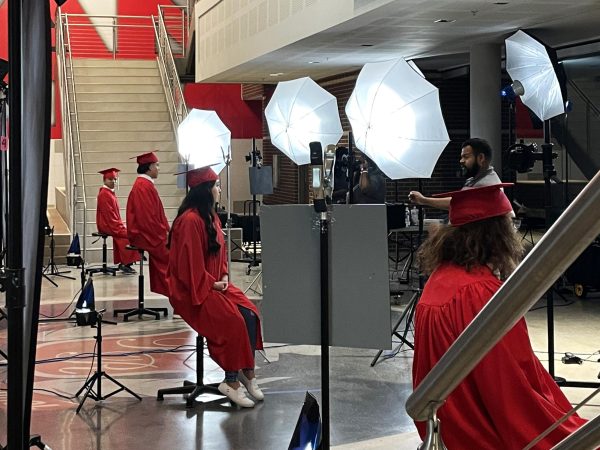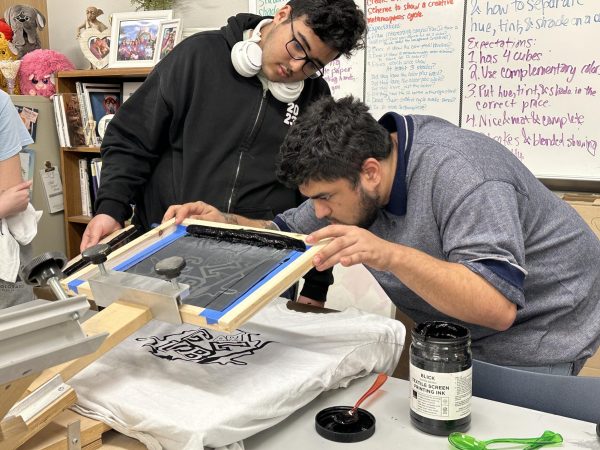Teachers, students on classroom distractions
With the start of the 2019-2020 school year came a colorful crowd of students seen sporting unnatural hair colors and new nose piercings due to the changes in the dress code that now allows students to have both of these things.
Although the changes weren’t too drastic, many students took the liberty to explore their newfound freedom, which seemed to have no effect on classroom environments but brought up a few questions: Does what a student wears really cause distractions in the classroom? Does the dress code help keep those distractions at bay? Are dress code violations really the biggest diversion in class? Most sources say, no.
“Cell phones,” English teacher, Ms. Laura Casey, said in response to being asked what the biggest distraction in her classroom was. “Cellphones are really distracting even [when they listen to] music. If it’s on your desk, and it’s buzzing, it’s your first reaction to look at it.”
She says many of her students are constantly on their phones, and some students are grateful that she makes them put their phones in pouches at the front of the room.
“It’s a true addiction in a sense, and it’s really hard to break them of that,” Ms. Casey said. “I make them put their phones in the front of the room, and a lot of them will thank me for it. They’re like, ‘Yeah, I really do need to get my work done.’”
Freshman Annie Griffin agreed with Ms. Casey saying that she liked when teachers implicate a phone policy.
“That way it won’t distract all of us,” Griffin said.
Mr. Jeff Fox said that he also finds phones distracting in a classroom setting.
“You know I kind of give [the students] the evil-eye, and occasionally I take [a cell phone] up,” Mr. Fox said.
Mr. Fox finds that taking up cell phones is effective unless he is unable to turn them into the office due to him needing to leave to teach at the elementary schools.
“I have to hand it back, but that’s kind of counterproductive.” Mr. Fox said. “It doesn’t really teach the student the right thing, so we’re all learning to deal with [cell phones in the classroom], some better than others.”
Another student, senior Lorenzo Cañizares, finds that cell phones in the classroom are not distracting for him but actually helpful, especially when it comes to music, but he acknowledges that it can be distracting to others.
“I like to listen to movie soundtracks that are very pumped up, very action-based whenever I’m doing homework because then it feels like I’m intensely solving something,” Cañizares said. “That can be really distracting for someone nearby if they prefer a calmer environment, so I usually go with headphones.”
Cañizares said that he rarely finds other people’s music loud or distracting.
“I think I [got distracted by someone listening to music too loud] once.” Cañizares said. “I just put in my own headphones.”
Cañizares also said that he finds the dress code a little stern, but not obviously enforced.
“I mean the rules that they’ve established they are a bit strict,” Cañizares said. “But I haven’t really seen a lot of teachers busting students, and I don’t think that’s a bad thing, necessarily.”
As far as the new changes to the dress code go, Cañizares seemed happy that people are now more free to express themselves.
“I think people are beautiful no matter what they do,” Cañizares expressed. “I have a friend, she’s got purple hair and a nose piercing, and she looks really nice. I think it looks very good on her.”
Ms. Casey agreed that the changes to the dress code were a welcome one.
“I think it’s a step-forward in the direction that we should be going.” Ms. Casey said. “When I was in high school I had a nose piercing, and I went here, so it wasn’t allowed, and I was really upset by it.”
Griffin also agreed that the changes were welcome and were a change of pace from her old school, Strickland Middle School.
“I think it’s good.” Griffin said. “[There was] no [unnatural] hair color [allowed] at Strickland at all.”
Neither Griffin nor Cañizares found hair color in the classroom distracting.
“I mean…if I see someone that has green hair that I didn’t notice before, I’d be like, ‘Oh, cool!’ and then I’d do whatever I’m doing.” Cañizares said.
In fact, Cañizares also said he didn’t find many types of outfits or clothing distracting either.
“I don’t think kids are as distracted by clothes as [they are with] their own thoughts,” Cañizares said. “I mean if [an outfit] is showing a bit of the shoulder, you should be able to focus. It might just be really warm. You should just leave them alone and do your work.”
Ms. Casey also agreed that the dress code was less in place to avoid distractions but rather better prepare students for the workplace.
“I think that in every professional setting you go to, there is a dress code that you have to follow,” Ms. Casey said. “Like us teachers, we have to follow a dress code. I think it’s basically preparing [students] for the professional world, in a sense… we’re kind of trying to help prep you. It’s not us being sticklers or anything like that.”
Mr. Fox also agreed with that school of thought.
“As far as dress code goes, we should be all on the same page so that our enforcement is consistent because, just like anything else, the better the consistency, then the better we all get at the results,” Mr. Fox said.
Cañizares said that although the dress code helps with distractions, a person is only as distracted as they allow themselves to be.
“I think as long as the kids respect each other, ” Cañizares said. “Just let kids be.”

Good evening ladies and gentlemen! My name is Izabella Grimaldo. I’m a junior that’s involved in orchestra council and journalism UIL. I enjoy reading,...



